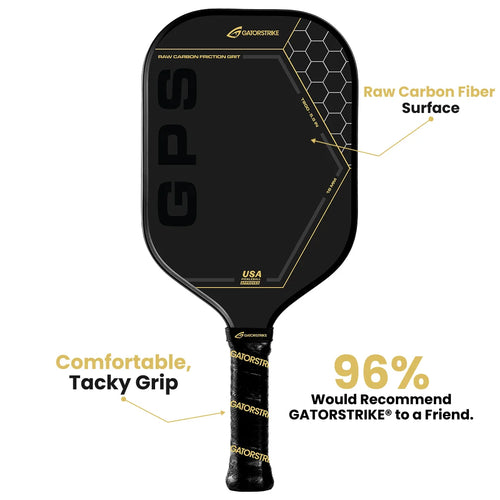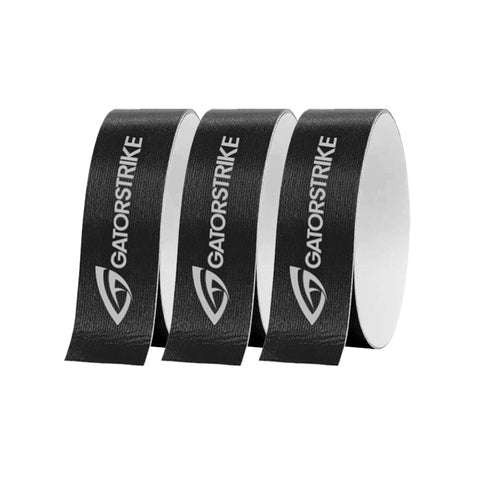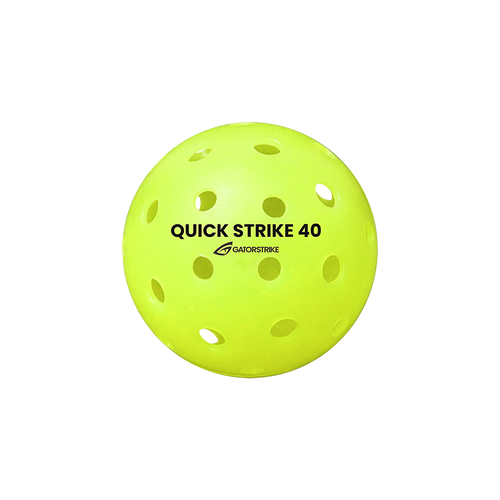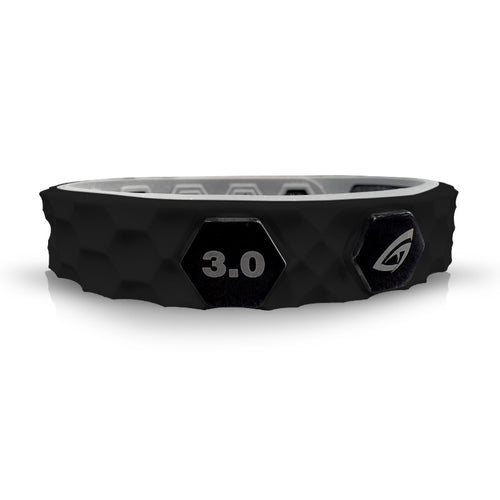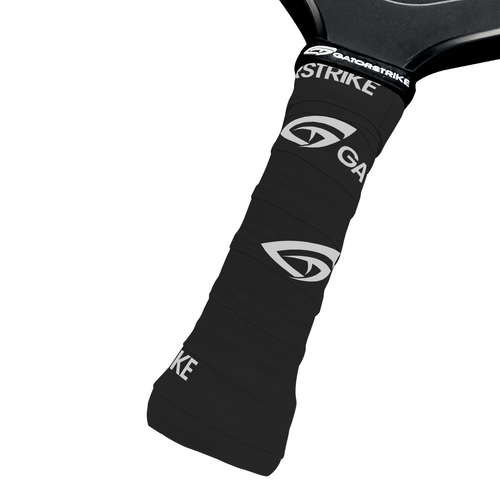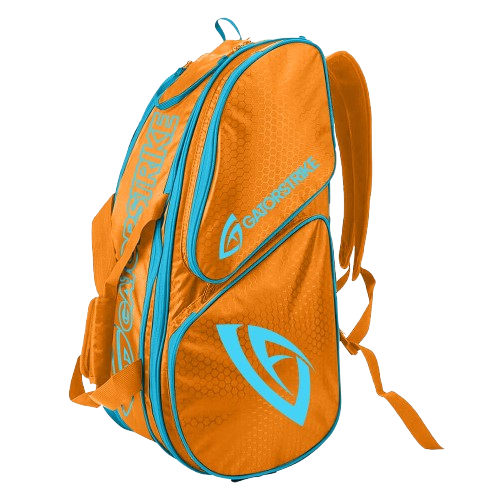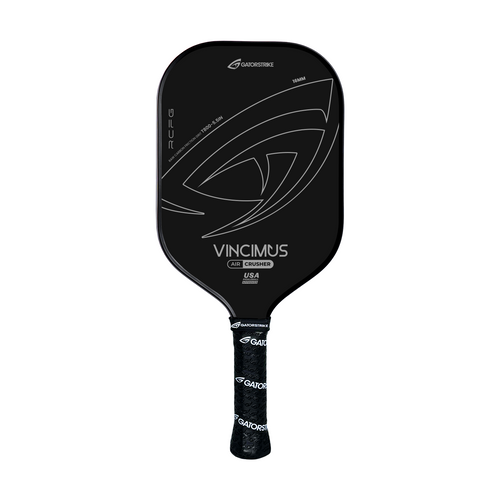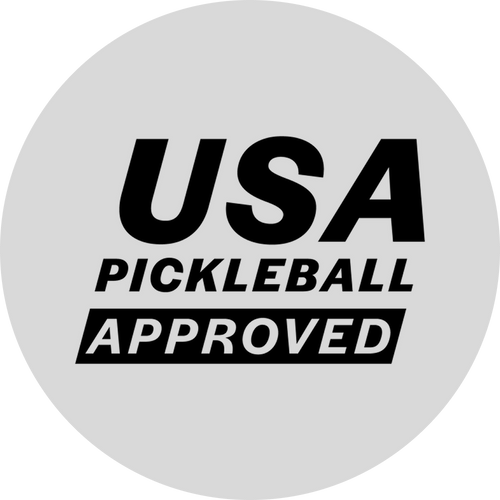
Unveiling Hidden Pickleball Rules: What Every Player Should Know
Share
Pickleball is more than just paddles, balls, and competitive rallies—it’s a game with a fascinating blend of simplicity and complexity. While the fundamental rules are well-known to most players, there exists a layer of lesser-known regulations that can change the dynamics of a match. Mastering these "hidden" rules not only enhances your understanding of the game but also ensures fair play and strategy. Let’s peel back the curtain and uncover these gems of pickleball protocol.
The Kitchen Conundrum: More Than Meets the Eye
The non-volley zone, or "kitchen," is the focal point of many intense exchanges. However, understanding its intricacies is vital.
-
Momentum Matters:
If your momentum carries you into the kitchen after a volley—even if the ball is long gone—it’s a fault. Staying grounded outside the non-volley zone post-volley is critical to avoid losing the point. -
Partner Responsibility:
If your partner’s paddle or any part of their body breaches the kitchen during your volley, it still counts as a fault. Coordination is key!
The Double-Bounce Deception
Most players know the double-bounce rule: the ball must bounce once on each side before volleys are allowed. Yet, the nuances can catch even seasoned players off guard.
-
Timing is Everything:
The ball must hit the ground before being struck on the initial two shots of the rally. A rushed volley during this phase results in a fault, even if it’s an instinctive reaction. -
Spin Implications:
If a ball with heavy spin bounces and appears to "double-bounce" quickly, the rule applies only to the initial impact. Awareness of spin mechanics can prevent unnecessary disputes.
Serving Secrets: Beyond the Basics
While serving rules may seem straightforward, several subtle regulations can trip up unprepared players.
-
No Phantom Toss:
A ball drop or toss during service doesn’t constitute a fault—but only if no attempt to strike the ball is made. A feigned swing? That’s a different story. -
Invisible Boundaries:
The server’s feet must remain behind the baseline until the ball is struck. However, if your foot touches the invisible extension of the sideline, you risk committing a foot fault—a rule often overlooked in casual play.
Faults Beyond the Obvious
Not all faults are as blatant as a missed shot. Subtle infractions can change the course of a game if unnoticed.
-
Paddle Passes Plane:
If your paddle crosses the net, even during follow-through, it’s a fault unless you’ve struck the ball on your side first. Precision is paramount. -
Overlapping Body Contact:
Players cannot use any part of their body or paddle to stabilize themselves against the net or posts. This might seem obvious, but in intense exchanges, it can be an easy rule to forget.
The Timeout Twist
Understanding the nuances of timeouts can provide a tactical advantage:
- Each side gets two timeouts per game, lasting up to one minute each.
- If your opponent calls a timeout mid-rally to disrupt momentum, they forfeit the point.
Strategically using your timeouts for regrouping or breaking your opponent’s rhythm can be a game-changer.
Line Call Etiquette: Clarity Is Key
While line calls rely on honesty, disputes can arise.
-
Benefit of Doubt Rule:
If you’re unsure whether the ball is in or out, the benefit of the doubt goes to your opponent. Fair play is a cornerstone of pickleball culture. -
Out Ball Judgement:
Watching for the ball’s shadow touching the line can help you make accurate calls. Shadows, while tricky, can act as an informal guide.
Enhancing Your Knowledge for Better Play
Mastering these hidden rules doesn’t just help you avoid faults—it transforms you into a savvy, respectful player who thrives on fair competition.
- Observe and Learn: Watch seasoned players closely to see how they handle these lesser-known rules.
- Practice Scenarios: Set up drills that simulate situations involving these rules to ensure you’re ready when it counts.
- Share the Knowledge: Teaching others these rules fosters a culture of integrity and mutual respect on the court.
Conclusion: Play with Precision
Understanding the hidden rules of pickleball elevates your gameplay from competent to masterful. By integrating these often-overlooked details into your strategy, you gain a competitive edge while exemplifying the spirit of the game.
So, the next time you step onto the court, remember: it’s not just about hitting the ball; it’s about knowing the game inside and out. Armed with these insights, you’re ready to play smarter, play fairer, and, most importantly, play better.
